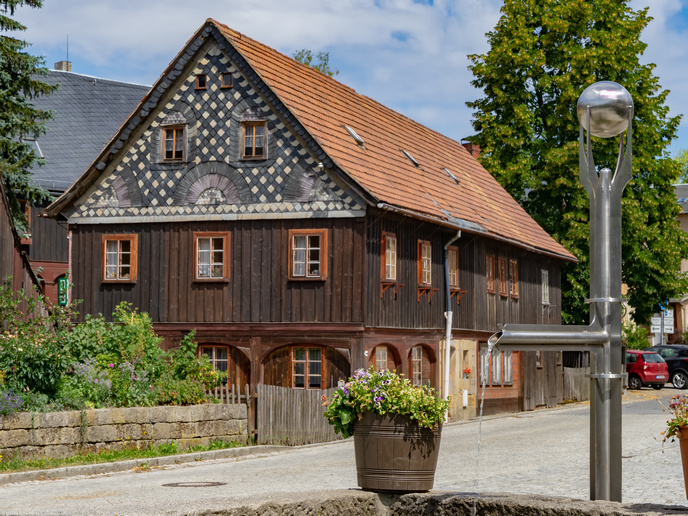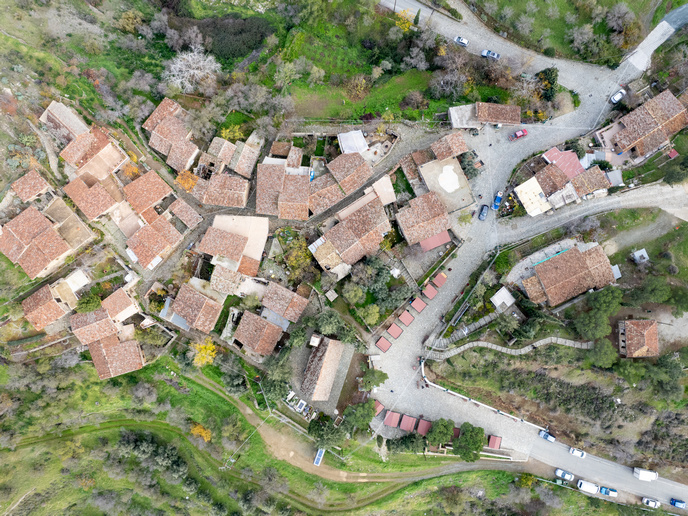Step-by-step method transforming local cultural tourism
The success of cultural tourism largely depends on working with local communities to offer benefits for everyone involved. This approach provides opportunities for economic growth and social development in far-flung and underserved areas rich in culture. However, socio-economic development carries the risk of harming the environment and negatively impacting community life. Therefore, there is a need to integrate cultural heritage, tourism activities and local communities in a sustainable way.
Developing sustainable cultural tourism
The TExTOUR project introduces strategies to address economic, cultural, environmental and social sustainability through inclusive and diverse participation of local communities. “Overall, our aim is to take innovative solutions already applied in major tourist destinations and implement them in less developed and lesser-known places. This way, they can use their cultural tourism sources as assets in regional development,” explains coordinator Daniel Basulto García-Risco, European R&D project manager at Santa María la Real Foundation of Historic Heritage in Spain.
Working towards co-developed cultural tourism
TExTOUR created a seven-step methodology for local communities interested in developing their tourism industry by taking advantage of their heritage capital. This addresses all aspects of sustainable planning at each stage of the process. It encourages a wide variety of local community actors to get involved in preparing strategies and an action plan from the outset. Communities follow these guidelines to identify their territories’ strengths and weaknesses. This helps to determine the best way to conserve and improve their heritage without damaging it. It takes about 6 months to reach the final implementation phase. In addition to local communities, the project engaged policymakers, tourism businesses, civil society groups, universities, research institutions, and intergovernmental organisations in the design and validation. Project partners tested the methodology in eight diverse and complementary pilot regions with a rich cultural and historical heritage. These sites, which included inland, coastal, rural, urban and remote areas, are located in 10 EU Member States, as well as Belarus, Bosnia and Herzegovina, Lebanon, Montenegro, Russia and Ukraine. Communities are putting the method into practice by carrying out activities that range from gastronomy events to interactive classes for children. For example, in June 2023, three guided tours were organised in Umgebindeland, a cross-border region between Germany, Poland and Czechia. The tours brought attention to the element which united the three Member States: the historic half-timbered houses unique to the region.
Inspiring others to adapt cultural tourism actions
TExTOUR wants to ensure that the methodology, along with all other processes and tools delivered until the end of the project in September 2024, will be accessible long term for other sites wishing to further develop their regions. EcoMuseum Zagori (Greece), Itinerarium Rosalie (Italy), Sabbioneta (Italy) Caretos na região de Trás-os-Montes (Portugal) and Menjez Village (Lebanon) are already replicating and upscaling the methodology. In addition, a freely accessible platform serves as a digital repository for all knowledge gained during TExTOUR and includes a user manual and video tutorial. “Developing a region’s cultural tourism is a process in which the entire community – government, administrations, enterprises, organisations and others – should actively participate so that the solutions proposed correspond to that community’s real interests and needs,” concludes García-Risco.
Keywords
TExTOUR, tourism, community, cultural tourism, heritage







